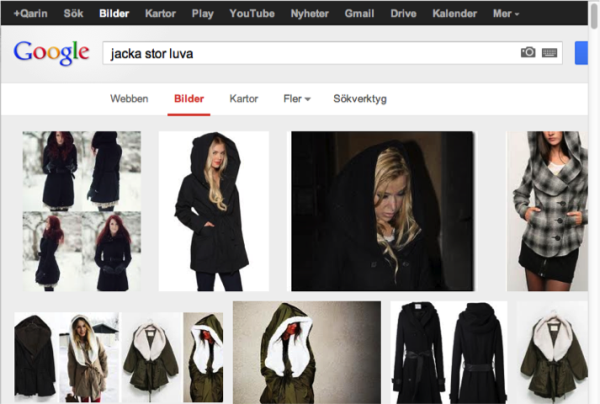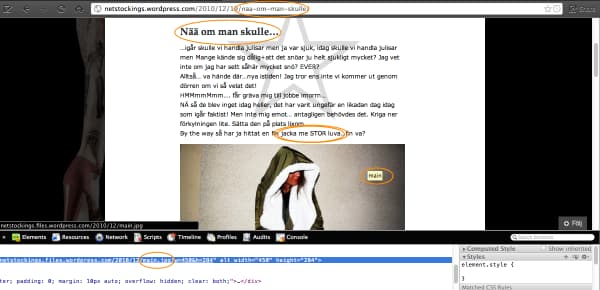
Copywriter and Conversion Specialist at Zooma since 2011. Qarin considers UX a business priority, whether it concerns copy, visual impact, or usability.
Keep me updated!
Subscribe

Ever read Google’s Image publishing guidelines? Did you question the importance of telling Google as much as you can about your pictures to rank well? We have. And we do. Let’s dig in.
We know that the W3C standard promotes the use of alt attributes, and there is no argue that people using screen readers benefit from a descriptive alt text. But, when it comes to SEO, things seem to be changing. At least since the Penguin began hanging out around the web.
Thanks to Google’s algorithm Penguin, there have been major changes in the way to work with on-page optimisation during the last year. The algorithm serves us, the searches, by eliminating web spam and encouraging better writing.
The interesting thing is that these circumstances not only appear to be weighted in favour of topic-based web texts (in contrast to the earlier keyword stuffing). It even looks as if content is more important than filling out the details within your html tags.
The importance of qualitative content is obvious. A quick query for a subject with an adjective verifies that:
A) Google suggests relevant variations to your phrase:
B) The image top results are what you looked for:
But, surprise surprise, a closer look at one of the images reveals:
One answer is: because the text close by the image includes the words we searched for (or relevant variations). So, is great content considered to be more important than knowing how to do the technical parts? Yes, that is what it looks like.
However, more things affect the high ranking of the champ we just exemplified:
The guarantee of ranking top ten is an extinct phenomenon. Google still strives to present the most relevant information to you but the search engine refines. Today, your search history, your Google account and your logged data will affect your SERP: Google “jaguar” on your computer, then google it on your phone. The search results will differ. Ask a colleague to do the same; her top results might be even more diverse.
Just like Google tunes you in, you must tune in to your audience; find their needs and desires. Then you can craft texts about the things they really are looking for. Put simply: writing for your audience is writing for Google.
Would you like to find out what really attract your target groups? Feel free to get in touch with us at Zooma!
